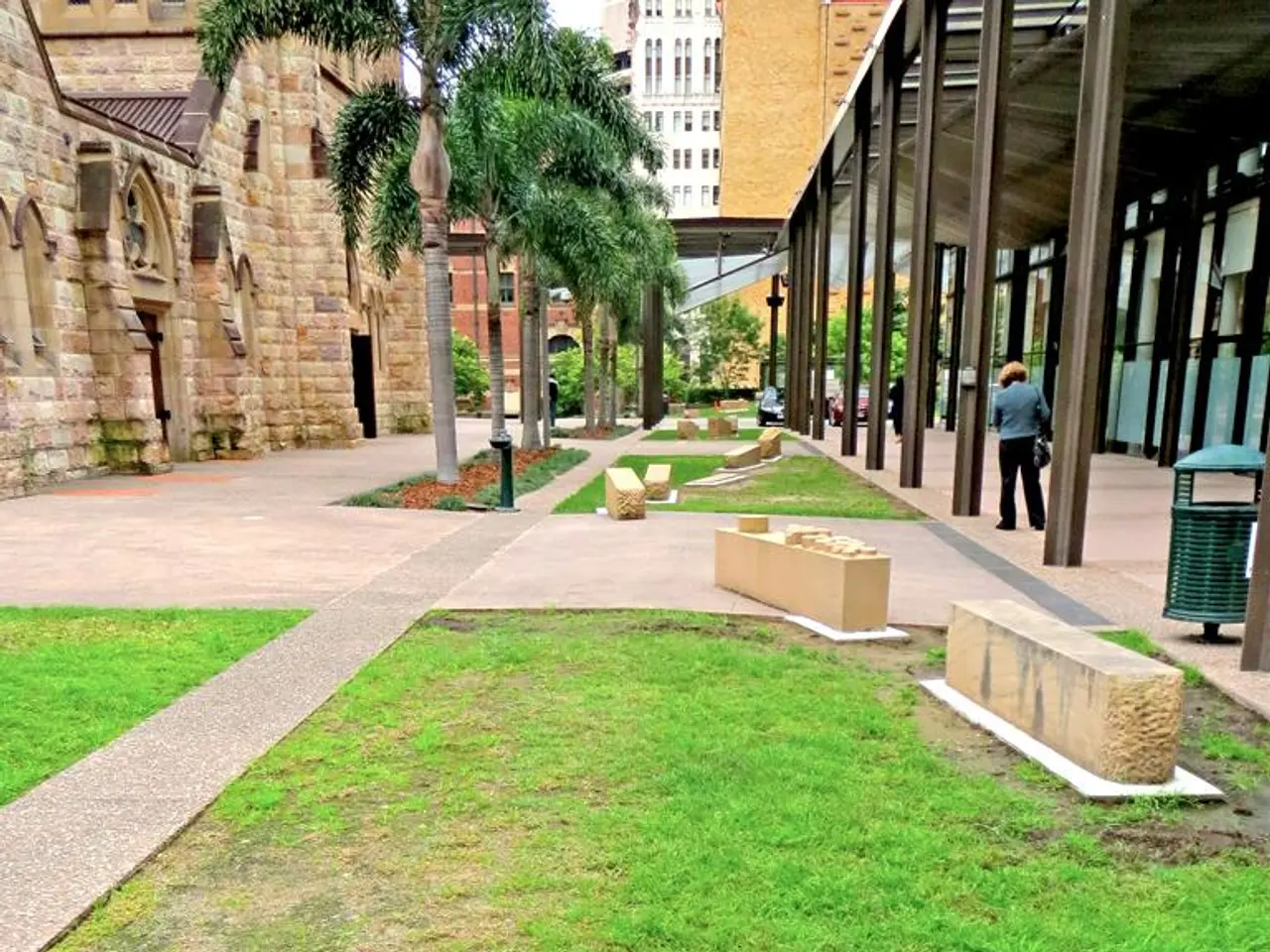Unfamiliar Concept: Biodiversity Net Gain, a term seemingly new to many
In the rapidly evolving landscape of sustainable development, homeowners and small builders in England are encouraged to familiarise themselves with Biodiversity Net Gain (BNG), a mandatory policy set to take effect in 2024. BNG requires that any new housing or construction project must leave the natural environment better off than it was before.
Ian Hambleton, Founder & Director of Biodiversity Units UK, urges homeowners and small builders to be part of the evolving BNG movement. By doing so, they can help meet their obligations while also promoting environmental improvements. Unfortunately, many private individuals remain unaware of their BNG responsibilities or opportunities.
The latest BNG Industry Report for July found that public awareness of BNG is extremely low, with an average score of 3.1 out of 10. This low awareness could pose a problem for homeowners and homebuilders, particularly those assuming that BNG is only relevant to large developers.
To prepare for BNG, homeowners and small builders should take the following key steps:
- Learn about BNG Legislation and Measurement: BNG is mandated under the Environment Act 2021, effective from 2024, requiring developers to demonstrate biodiversity improvement on or off site using the Biodiversity Metric tool, which assesses habitat condition and distinctiveness.
- Understand Applicability and Exemptions: While BNG applies to most developments, smaller schemes (under 10 homes) currently face some relief, as the government is consulting on easing rules to support small builders. However, exemptions are limited and under review to prevent avoidance of responsibilities.
- Explore Practical Biodiversity Solutions: Since smaller sites may struggle to create habitat improvements on-site, integrating green infrastructure like high-quality green roofs or planning for off-site biodiversity gains (e.g., habitat restoration elsewhere or purchasing biodiversity credits) is crucial.
- Engage Early with Planning Authorities: Homeowners and small builders should consult local planning policies and authorities early to clarify BNG requirements, explore feasible biodiversity interventions, and understand if any local supplements or specific guidance apply.
- Seek Expert Guidance: Using consultants or biodiversity specialists can help interpret the Biodiversity Metric, propose viable biodiversity enhancement plans, and ensure compliance, especially since BNG calculations and strategic biodiversity planning can be technically complex.
- Monitor Policy Updates: Stay informed about evolving government consultations on small development policies and potential future relaxation or adjustments in BNG rules to better align with small-scale projects.
Because public awareness is low, local councils, industry groups, and professional networks may provide workshops, guidance notes, or tools tailored to small builders and homeowners to improve understanding and implementation. This proactive approach helps avoid delays or refusals at the planning application stage by ensuring biodiversity obligations are met credibly and feasibly.
As awareness and understanding of BNG among homeowners and homebuilders increase, there is potential for more sustainable and biodiverse construction projects in England. The benefits for landowners and rural homeowners from BNG are increasingly clear, with opportunities to diversify income streams and create a greener building future.
- To ensure meticulous adherence to Biodiversity Net Gain (BNG) requirements, homeowners and small builders should learn about the BNG legislation, measurement, and the Biodiversity Metric tool, which assesses habitat condition and distinctiveness.
- Since BNG applies to most developments, understanding applicability, exemptions, and potential future relaxations in rules will help small builders prepare and conduct their projects effectively.
- Owing to the complexities of BNG calculations and strategic biodiversity planning, such as integrating green infrastructure or off-site biodiversity gains, seeking expert guidance from consultants or biodiversity specialists is advisable.
- Engaging early with planning authorities can help clarify BNG requirements, explore feasible biodiversity interventions, and ensure adherence to local policies and guidance.
- As public awareness of BNG improves, engaging with local councils, industry groups, and professional networks can offer valuable resources like workshops, guidance notes, or tools tailored to small builders and homeowners, ultimately aiding in the implementation of sustainable and biodiverse construction projects.





